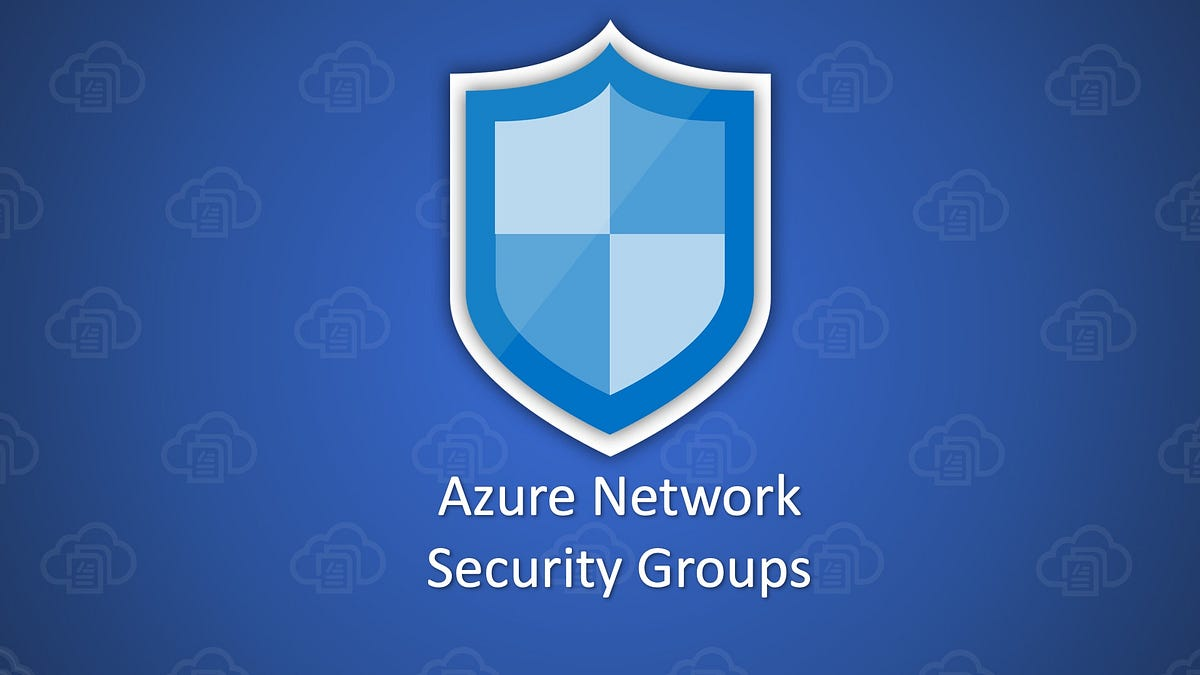Amazon Macie is a fully managed security service that helps organizations enhance data protection and compliance in their AWS environment. Leveraging machine learning, Macie automatically identifies and classifies sensitive data stored in Amazon S3, enabling users to gain insights into their data security posture, detect potential threats, and implement access controls and data protection measures. With customizable policies, compliance reporting, and integration with AWS CloudTrail, Macie empowers organizations to proactively safeguard sensitive information, respond to security incidents, and adhere to data privacy regulations.
Although there are a few similarities between the GuardDuty and Macie services, they each perform different security functions. Both services use machine learning, but apart from that, their functions differ. Amazon Macie concentrates on finding Personally Identifiable Information (PII) in your account so that you do not leave PII exposed or unprotected across different services in AWS.
GuardDuty is an intelligent threat detection platform that continuously aggregates and deciphers data from log files in your account, seeing whether there are any risks that need to be addressed imminently. See Table for a graphical illustration of Amazon GuardDuty and Macie’s differences.
Having understood the role of GuardDuty in your AWS account, you can now work through the process of enabling it step by step in the next section so that you can see it in action.
Thant Zin Phyo@Cracky (MCT, MCE, MVP)


